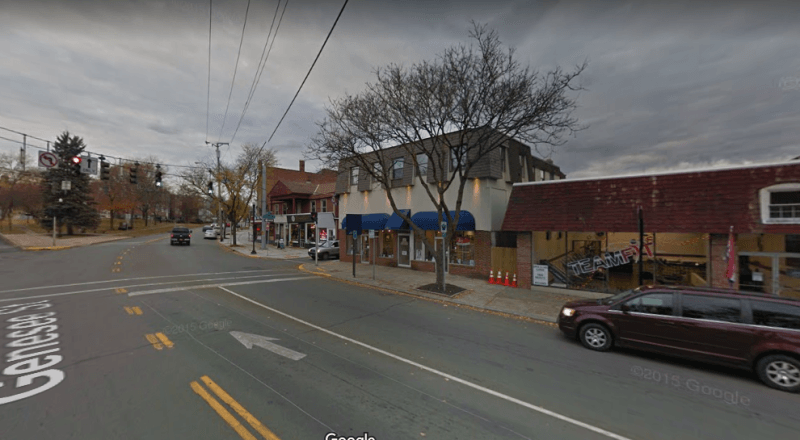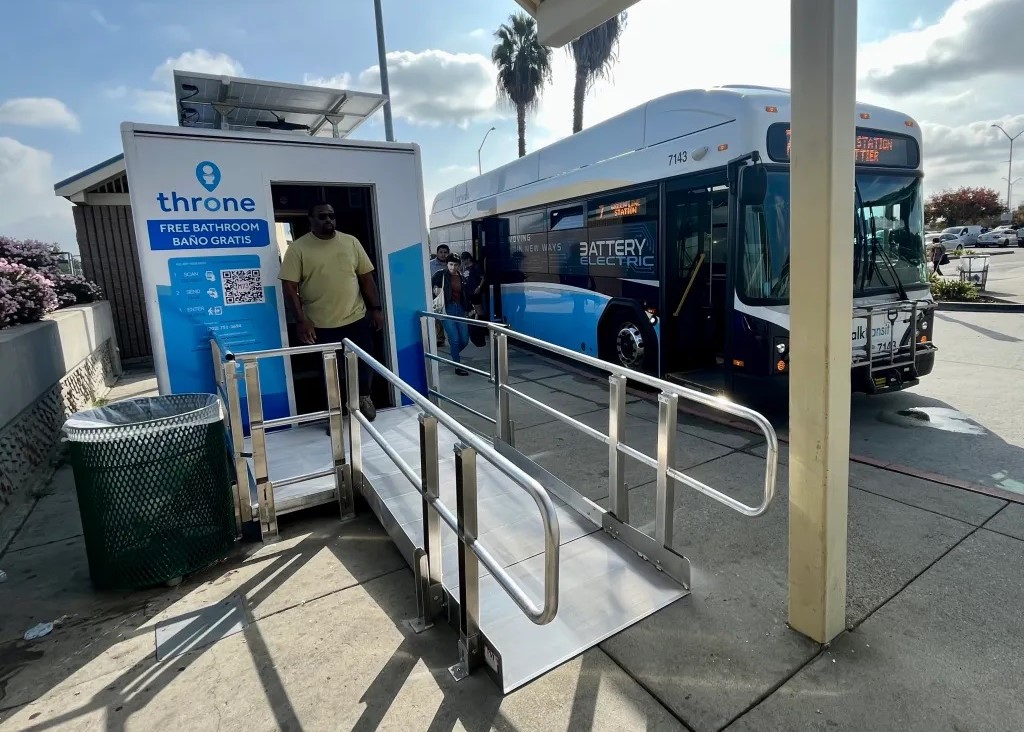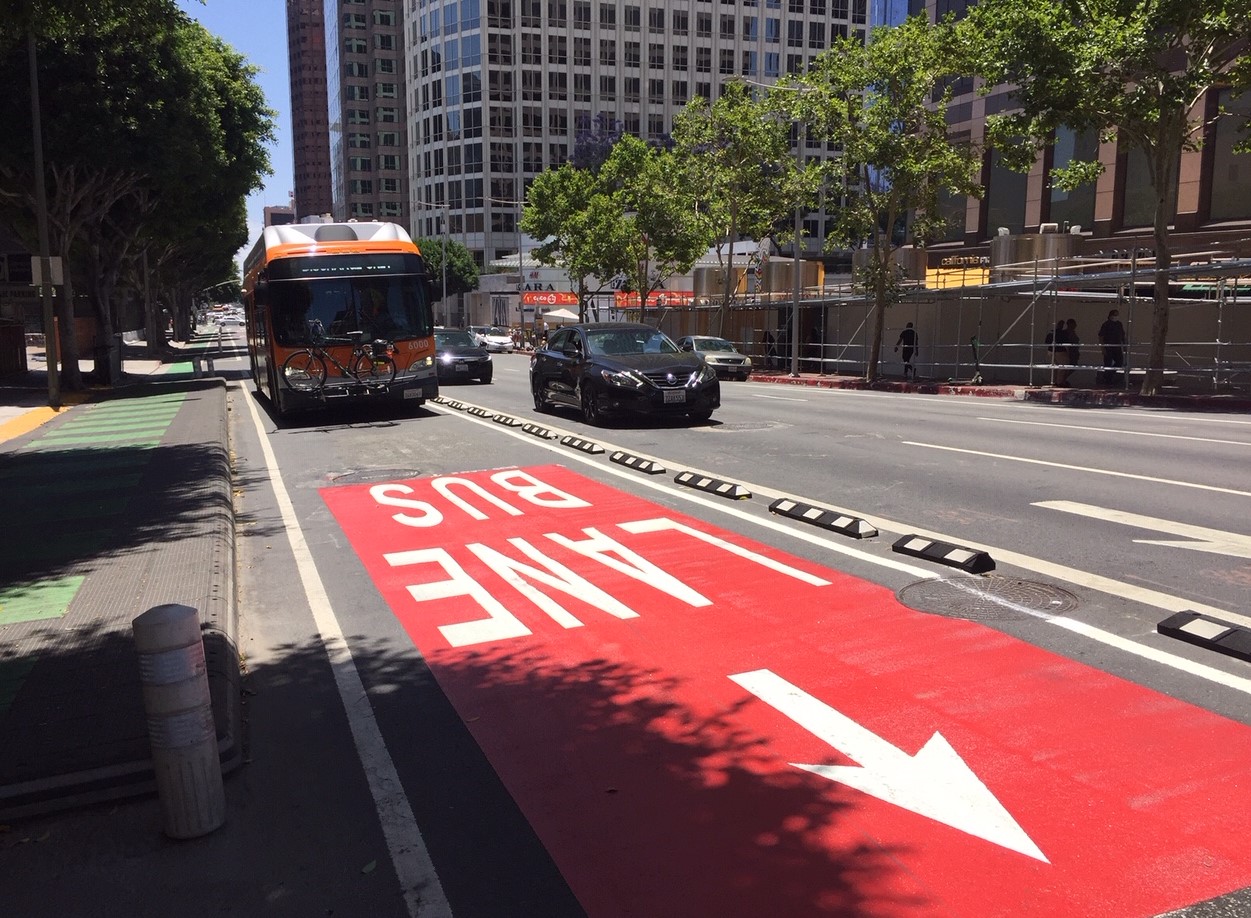A leading group of transit planners recently convened in Minneapolis to talk about best practices. One of the big takeaways, according to attendees, was how leading big city transit agencies are improving service on high-ridership corridors with bus rapid transit, all-door boarding, and improved frequency.
Sandy Johnston at Itinerant Urbanist has been thinking about how those strategies might be applied in small cities with tighter transit budgets. Citing Utica, New York, as an example, Johnston says such cities can offer frequent transit service -- and the walkability benefits it provides -- but they need to be selective about where they do it.
It’s the preservation, revival, or creation of these corridors that will make a small-city revival through urbanism possible. And it means that the identification and intentional development of these one or two possible transit/urbanist corridors is extremely important to the future of these cities.
Utica’s a big enough city to have multiple viable transit corridors at some minimal frequency, but it has one that’s absolutely perfect for frequent transit and good urbanism. Genesee Street is Utica’s main commercial drag, is lined by fairly dense housing already, and is anchored on one end by Union Station–offering transfers to Amtrak and intercity buses–and on the other by a major mall. Current service is decent by small-city standards but the schedule is–typically of Centro, the operator–nearly incomprehensible.
Perhaps it’s time to split rural and small-city transit funding into two pots: one with a coverage/welfare goal, where routes are expected to reach all those who need, but not to return huge ridership or hit specific financial goals; and another with a goal of maximizing ridership, connections to jobs, and economic benefit to the region. That would require a paradigm shift at multiple levels of government–never easy–but it’s worth thinking about.
Here's what else is worth reading today: Pricetags writes that the design of a car-free Vancouver plaza has resulted in a familiar pattern of pedestrian behavior. Charlottesville Tomorrow reports that a local design panel wants parking stripped out of a residential tower and replaced with retail. And Denver Urbanism explains how the city's historic streetcar system helped shape the city for walkability.





